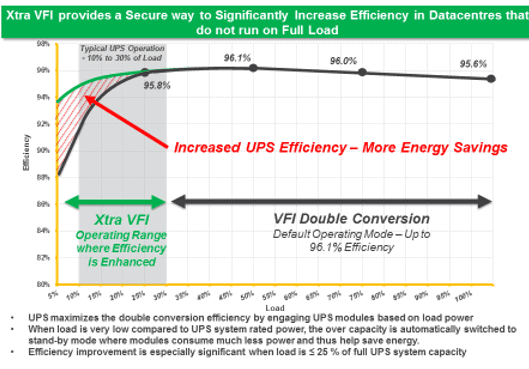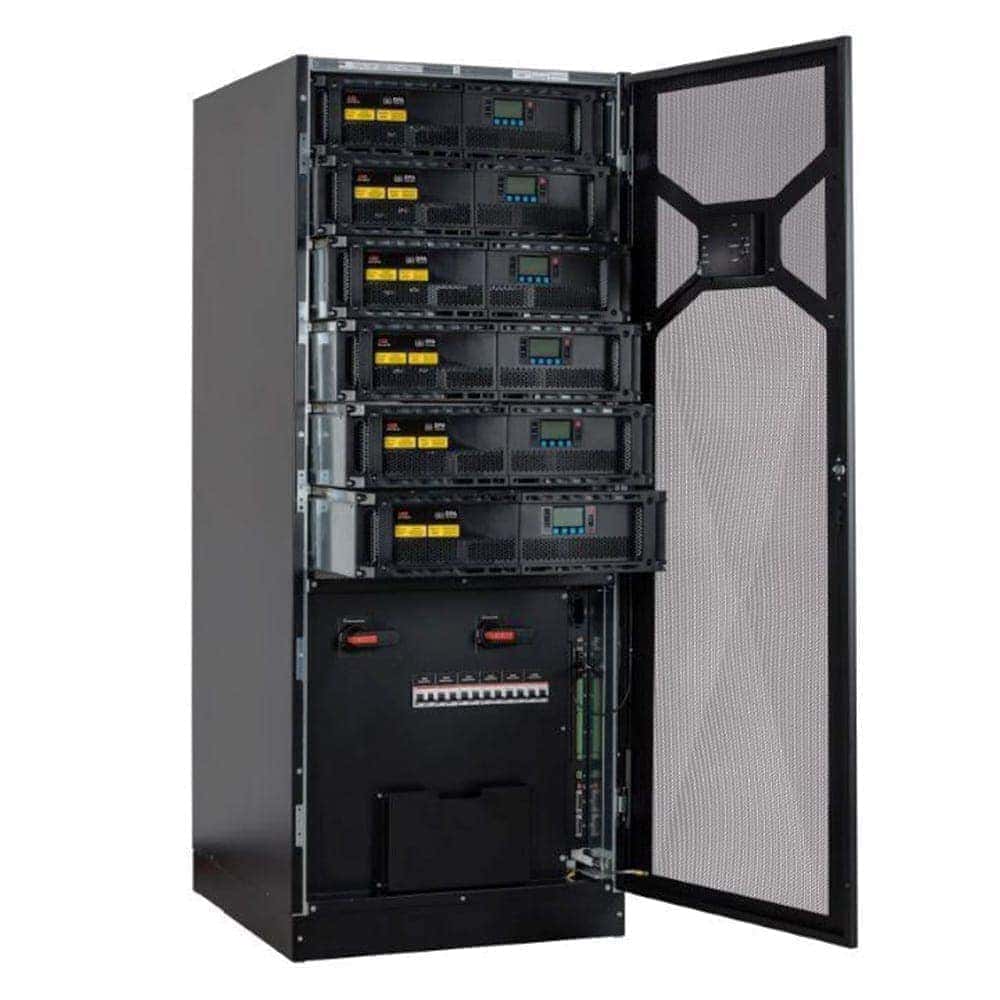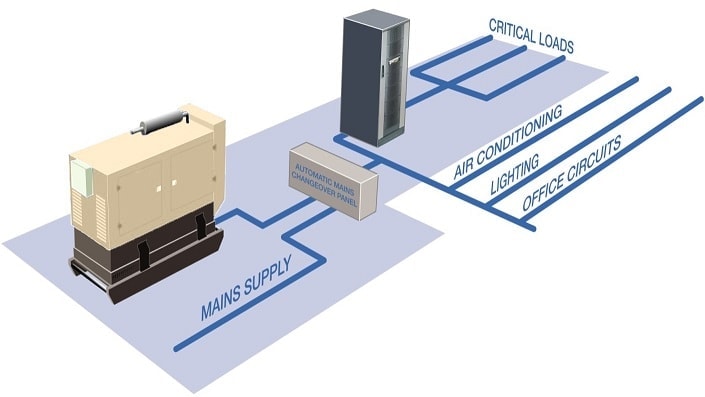Modern data centres consume huge amounts of energy. One recent report estimates that they will consume one-fifth of the world’s electricity by 2025[i]. UPSs, as major equipment items, contribute significantly to this demand; accordingly, any strategy that improves their energy efficiency will have a major impact on both sustainability and cost-saving within data centres.
Fortunately, various techniques are available to optimise UPS operating efficiency under all conditions, as demonstrated in modern, modular UPSs like KOHLER Uninterruptible Power’s PW 9250DPA and MF Series.
Below, Alex Emms, Operations Director at KOHLER Uninterruptible Power, looks at these techniques. He starts by discussing the fundamental design approach that optimises energy efficiency under normal operating conditions. Next, he explores a smart module switching function that maintains high efficiency levels even when UPS loads drop below 25 percent. Finally, he covers eco-mode, and explains that, while it achieves extremely high efficiencies, it is not suitable for all data centre users.
The move to modular – and its impact on efficiency
When double conversion on-line UPSs first appeared in the seventies, they used transformer-based designs. However, advances in power semiconductor technology have facilitated a general industry move towards transformerless solutions. This has brought several advantages, including some related to efficiency.
Firstly, the topology is inherently more efficient. Even at optimal, near full load conditions, transformer-based designs remain well below 95% – and as the load reduces towards 25%, efficiency approaches just over 85%. By contrast, the PW 9250DPA and MF Series can achieve efficiencies of over 97% with loads from 25 to 75% of nominal capacity.
However, the benefits extend further; the considerable size and weight reductions achieved by transformerless designs mean that complete UPS solutions can be implemented as small, rack-mounting modules rather than as large, monolithic units. The advantages of this can be explained by considering a PW 9250DPA example.
This comprises the UPS supporting, say, a 200kW load; it would use four of its 50kW modules – or five, to provide N+1 redundancy. Then, if the load increases, incrementing the UPS’s capacity by plugging in another 50kW module (vertical scaling) is cost-effective, easy, and can be done without even interrupting power to the load. Further capacity can be provided by horizontal scaling, i.e. adding more racks in parallel.
Note that both benefits – redundant capacity and scalability – are achieved with minimal excess capacity, space and cost, due to the modules’ granularity.
By contrast, a monolithic system typically has to be significantly oversized for future-proofing. Additionally, N+1 redundancy must be implemented using two complete systems, so neither can ever be more than 50 percent loaded even in the best case. These factors force the monolithic system to work with low loads, where efficiency drops away sharply.
Maintaining high UPS efficiency under all conditions
We have seen how modular topology improves UPS efficiency, but it’s important to maintain these high efficiency levels under low loads. One way to facilitate this is to use a smart module switching technique called Xtra VFI.
Double conversion UPS efficiency
Xtra VFI is an intelligent feature that minimises loss and improves efficiency on double-conversion modular systems like the PW 9250DPA and MF Series. With this mode enabled, the UPS automatically adjusts the number of active modules to match changing load requirements. Surplus modules are switched to standby but remain ready to transfer to active mode if the load increases or the mains fails. The active modules share the load equally.
The efficiency improvements are particularly significant when the load is less than 25 percent of full capacity. Power availability is protected, as the system allows for desired redundancy levels in its module-switching calculations. Xtra VFI operation is summarised in Fig.1 below.

Fig.1: UPS Xtra VFI operating mode
Maintaining high UPS efficiency – Eco-mode
In eco-mode, power flows directly from the utility mains supply to the load during normal operation, so bypassing the rectifier and inverter inefficiencies. If a mains problem is detected, the critical load is switched to the inverter output.
While eco-mode efficiency can reach 99 percent or more, it exposes the load to any incoming mains problems during normal operation. Accordingly, users should weigh the benefits of increased UPS operating efficiency against the risk created by operating in eco-mode. It is worth highlighting that this risk will only grow as more strain is placed on the mains grid to maintain frequency and voltage at stable levels due to the growing proportion of supply coming from renewable sources.
Conclusion
To meet ever-increasing pressure to curb power consumption, UPS users must avail themselves of every technique to improve energy efficiency. Their best option is to choose a UPS that not only benefits from modern, modular transformerless topology, but also offers a smart module switching capability like Xtra VFI to maintain high efficiency levels under all load conditions.
Whether or not to use eco-mode depends on each site’s particular circumstances.
In any case, consultation with an experienced supplier like KOHLER Uninterruptible Power is always worthwhile, as they can advise on the options and suggest optimum solutions.
Reference
[1] https://www.powerengineeringint.com/2019/03/14/getting-a-grip-on-data-centre-costs-and-efficiency/




